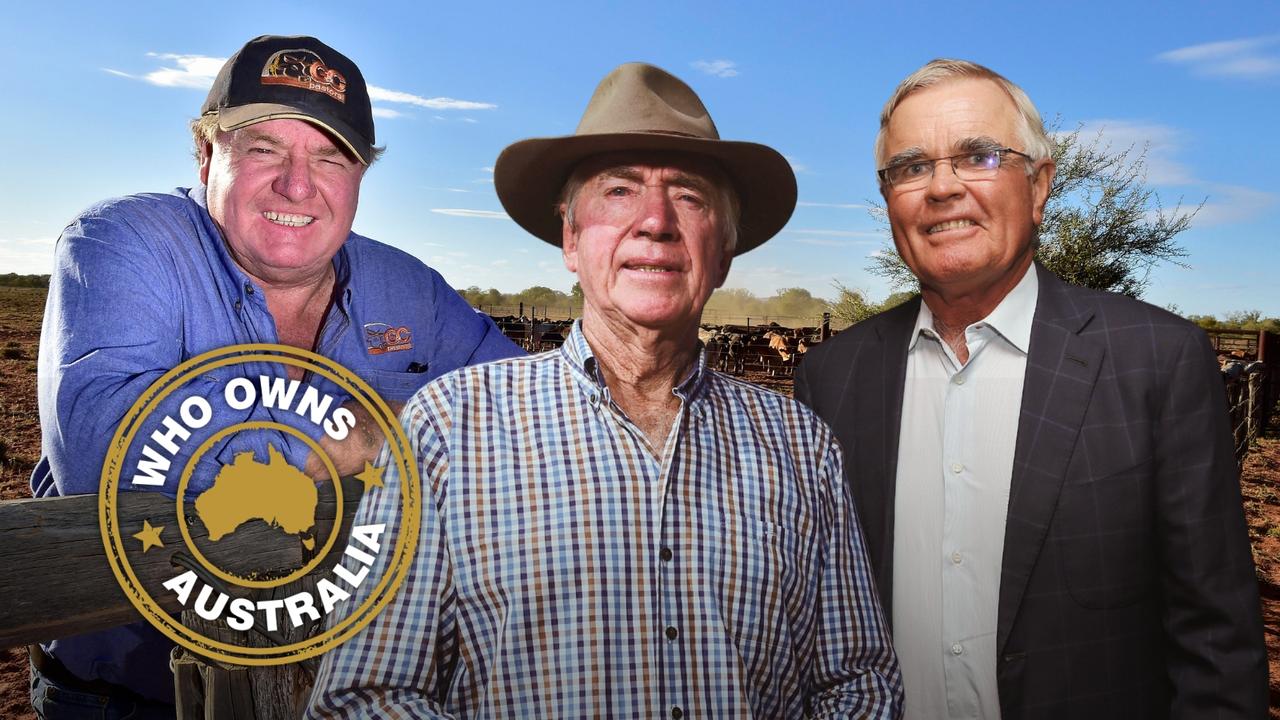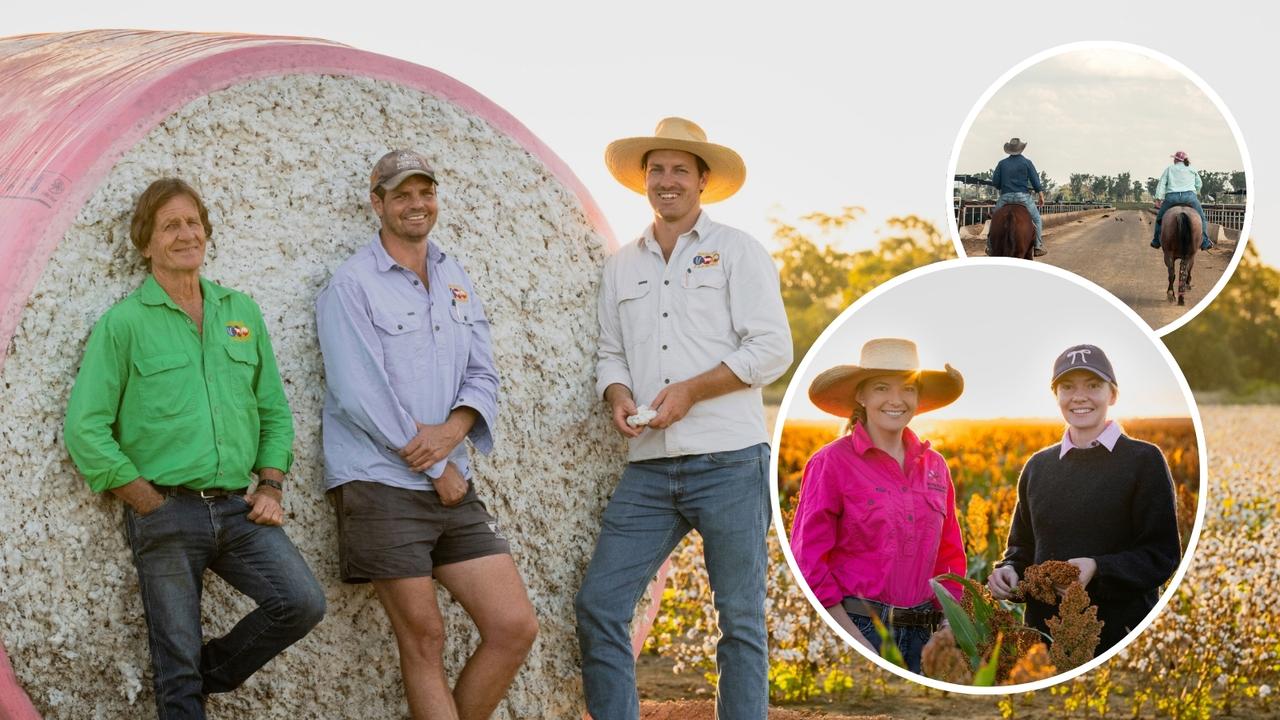Meat and Livestock Australia boss Jason Strong on the industry’s biggest issues
From its past to its future, Jason Strong talks through the big issues of the industry – including his passionate thoughts on “fake meat”.
Jason Strong is not one to mince his words.
It is a form of art he’s developed from a lifetime spent working at the coalface of Australia’s red-meat industry – from growing up on a farm in northern NSW to marketing beef and lamb to the hungry hordes of Europe and, more recently, in key seats around the decision-making boardroom tables of some of the nation’s biggest agricultural companies and industry peak bodies.
His ability to call things for what they are makes for a particularly lively discussion when talk turns to the rise – real or perceived – of alternative protein “fake meat” products on the Australian retail landscape. And what impact, if any, these manufactured morsels are having on the nation’s appetite for red meat.
“The noise”, says Strong, who for the past two years has been managing director of the producer-funded Meat and Livestock Australia, “is the most annoying thing”.
“It is amazing the amount of air play these manufactured proteins get for half a per cent of the market,” he points out, hitting out at the “very sad” ways in which some alternative protein products are promoted by trying to “imitate or denigrate” the red meat sector with claims about its health and environment impacts.
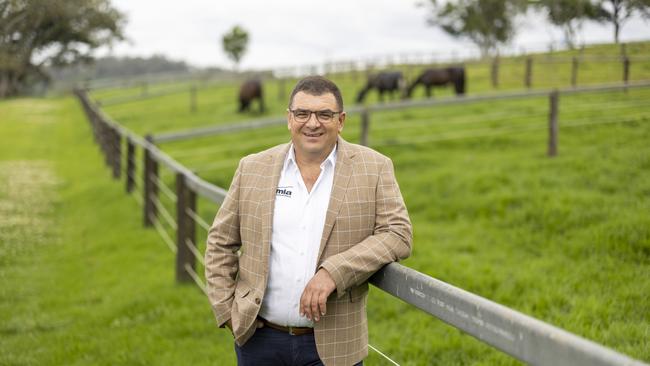
Strong says if manufacturers of these products have a “genuine” interest in responding to the growth in worldwide protein demand, he’s happy to “work out how to do that together”. If not – “if they are going to keep promoting their product by denigrating ours – and untruthfully denigrating ours” – he doesn’t want a bar of them.
“And we sure as hell don’t want them calling their products anything that could be mistaken for ours, because they are nothing like ours,” Strong says.
It’s a clear passion for the industry that stretches back decades, to a small mixed farm outside Gunnedah, in the agriculture-rich NSW Liverpool Plains region, where Strong grew up.
He recalls wanting to be a cattle farmer for as long as he can remember. It’s a desire that only strengthened while a student at Farrer Ag High School in Tamworth, where he was active with the school’s livestock showing program. On first leaving school he went to work on the family farm and sell livestock equipment, initially with his father, across Australia.
About the same time Strong became heavily involved in cattle judging, and a scholarship to the University of Illinois in the US, courtesy of Angus Australia, proved a pivotal turning point in his career. While there, he spent considerable time with the meat science department, learning everything there is to know about meat grading.
“Here I was thinking I was just going to go home and be a beef producer, but I got really excited about meat grading and thought this was a great opportunity,” Strong says.
The problem with that plan, however, was that no meat grading program existed in Australia at the time. So, after another overseas stint at the University of Illinois and some contract work with Ausmeat on his return home, Strong teamed up with meat industry guru Rod Polkinghorne and his former Farrer agriculture teacher Greg Chappell, also a noted Angus breeder, to continue work towards the establishment of the now-globally recognised Meat Standards Australia meat grading system.
Now, more than half the cattle slaughtered in Australia each year are graded under the MSA system, which MLA says has delivered premiums of more than $1.46 billion over the past decade.
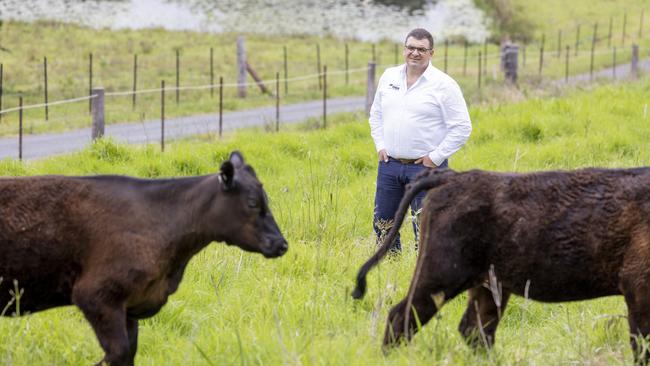
After MSA, Strong had a stint with the biotech start-up Genetic Solutions, the first company to commercialise and sell DNA tests for the Australian cattle industry, before rejoining MLA as its regional manager in Europe, based in Brussels, with responsibility also for Russia. At the end of 2012, he returned to Australia to take up a role as marketing manager and managing director of Australian Agricultural Company and later was chief executive of Smithfield Cattle Company.
In early 2019, Strong’s dream gig – MLA managing director – presented itself “as the right job at the right time”.
“It had always been in the back of my mind in terms of a career aspiration,” he says. “It’s an interesting challenge – the only way you can actually be successful in my current role is if the industry is more profitable and productive.”
Those KPIs seem well in hand with soaring livestock prices this year, as an increased number of farmers hold on to their stock in an effort to rebuild herds and flocks. The benchmark Eastern Young Cattle Indicator and National Trade Lamb Indicator have risen 32 per cent and 13 per cent respectively during the past 12 months while goatmeat exports are tracking about 20 per cent ahead of last year.
MLA predicts the Australian sheep flock to hit 76 million head by 2023 to be at its largest since 2007. The national beef herd is forecast to start a rebuild phase this year, after falling to its lowest level in two decades during 2020.
Strong says “big global macros” such as supply and demand and an increasing middle class paint positive signs for Australia’s livestock industry.
Issues with ageing populations in the developed world “who have been our traditional good meat eaters”, he says, will be offset by a rising world population while the “massive protein hole” caused by African swine fever in China “pulling 50 million tonnes of protein out of the system over two years” also presents itself as an opportunity for Australian producers.
“I think it is incredibly positive for red meat looking forward,” Strong says. “There is going to be some volatility, no question. What we will see is volatility around a much higher price range, but also around a range which still provides opportunity for everybody in the supply chain to be making margins at the same time.”

Strong says Australia is tracking well on market access, with Europe the one “big ticket” free-trade agreement still to be resolved following landmark deals with Japan, China, Indonesia, Korea and the UK in recent years.
In terms of delicate negotiations with the EU, he doesn’t expect Australia’s recent tearing up of a $90 billion submarine contract with France to affect discussions about red meat.
“That is not the first or the biggest or the last challenge that is going to be faced by Australia in an FTA discussion with Europe,” Strong says. “Frankly I think the French farmers are a bigger obstacle than the Defence Department.”
Strong says getting the UK free-trade deal – “its first significant outside deal” – across the line was important, opening up huge additional high-value access for Australian product. The focus going forward, he says, will be on technical market access, which involves commercial discussions rather than trade negotiations.
Strong believes China – which accounts for more than $4 billion in Australian beef and lamb exports annually – will continue to be volatile, but a great opportunity for the red-meat sector. China has shut out a number of Australian exporters over the past 18 months for what it says were technical breaches. Industry insiders view the move as more political, citing retaliation to Australia’s support into an inquiry about the origins of the Covid-19 pandemic as the motivating factor.
“The industry responds incredibly well to opportunity and the last 10 years China has become a really good trade opportunity,” he says.
“While there have been some hiccups for us, there is an underlying trade relationship there which will be long term.”
Strong says the development of Australia’s high-value export markets has, however, placed pressure on the top-shelf domestic market which has in turn increased prices locally and had an impact on consumption.
Strong says beef consumption within Australia sits at 23.4kg per person per year and 6.5kg of sheepmeat, a drop from the mid-to-high 30kg range for beef 20 years ago.
“We often get compared against chicken which has increased its volume substantially over that time to where there is now more chicken eaten than beef – but their price is largely the same as it was 20 years ago,” he points out. “The price of red meat has more than doubled.
“It’s a bit of a Catch 22 where we’d all like our mates to eat more beef and lamb, but not at half price.”
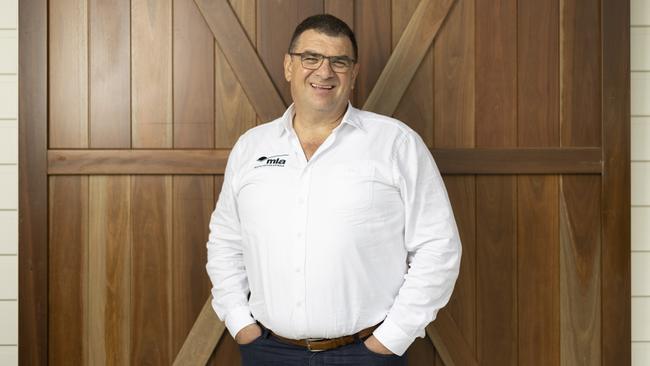
For Strong, the real challenge is keeping domestic consumers who are committed to the red-meat sector happy paying the amount of money for the product.
Another obstacle for the industry is that livestock production is often considered on the wrong side of the climate change debate, as a big emitter of methane.
Strong says the Australian red-meat and livestock industry is more than halfway to realising its ambitious goal of being carbon-neutral by 2030.
He says this must be achieved while making the industry more productive and profitable while also driving intergenerational profitability.
“From 2005, the industry has halved its greenhouse gas emissions but going forward it is going to be a lot harder to do,” he says. “There’s already a lot of people – a couple billion of them are still hungry and a couple of billion of them probably have too much food – but we are going to have two billion more pretty soon, so feeding the world is going to be really important and doing that in a sustainable way is going to be vital.
“We all have to be proactive about how we do that.”
That includes calling out the flaws in the fake meat debate. According to MLA research, about two thirds of Australian consumers have maintained their level of red meat consumption over the past 10 years while 28 per cent have reduced their intake.
“I think that (alternative meat) sector is at a real crossroads,” Strong says. “If they think the consumer is going to tolerate mistruths – if they really think that is a long-term approach with our consumers then they are in for a rude shock.
“The global consumer, and the Australian consumer particularly, is a lot more sophisticated than that.”




